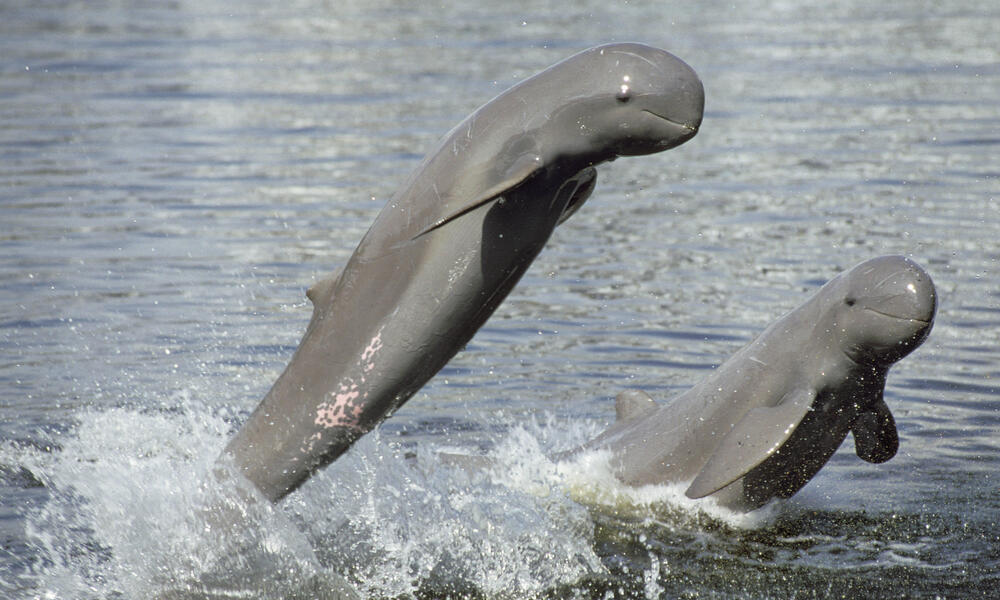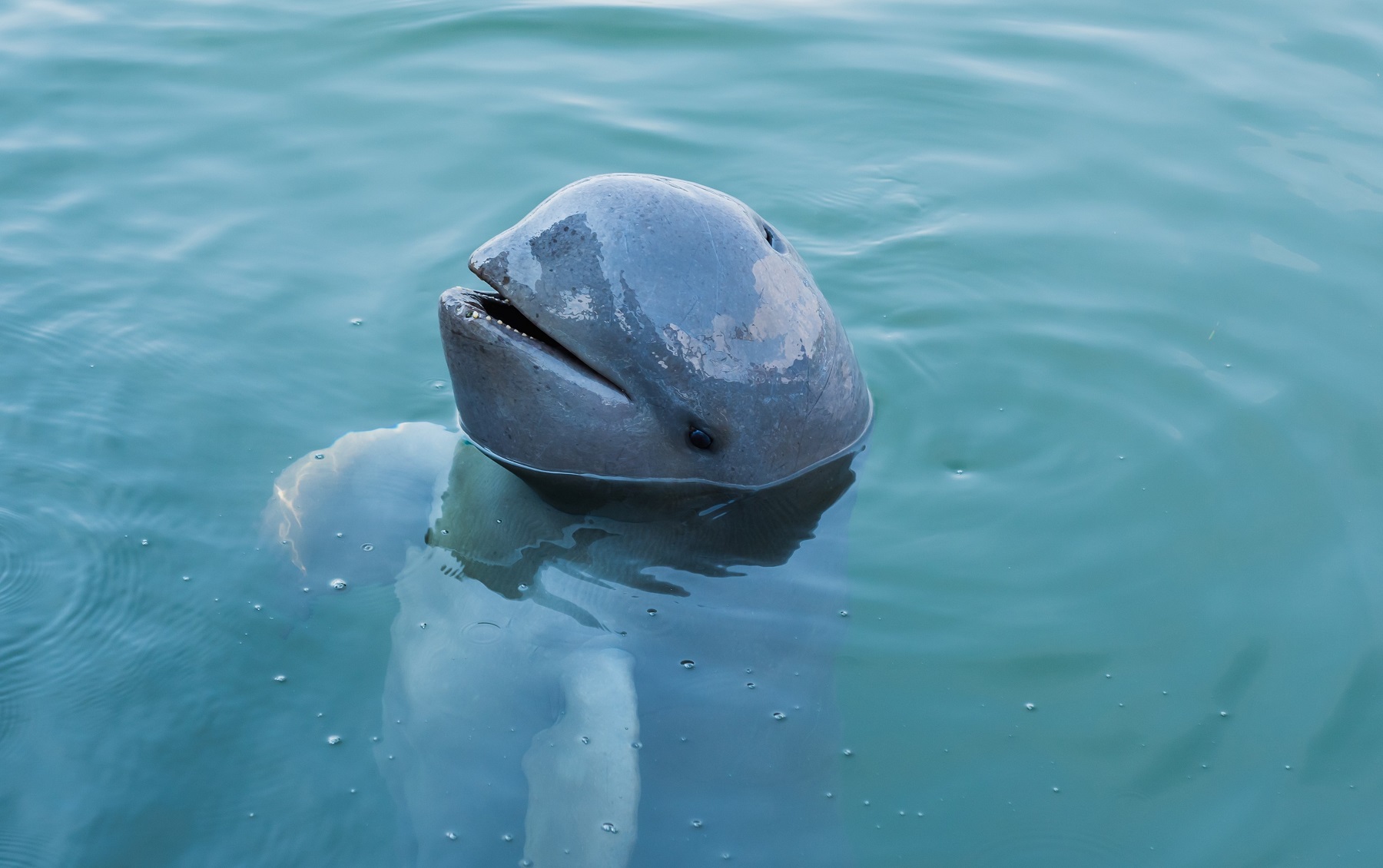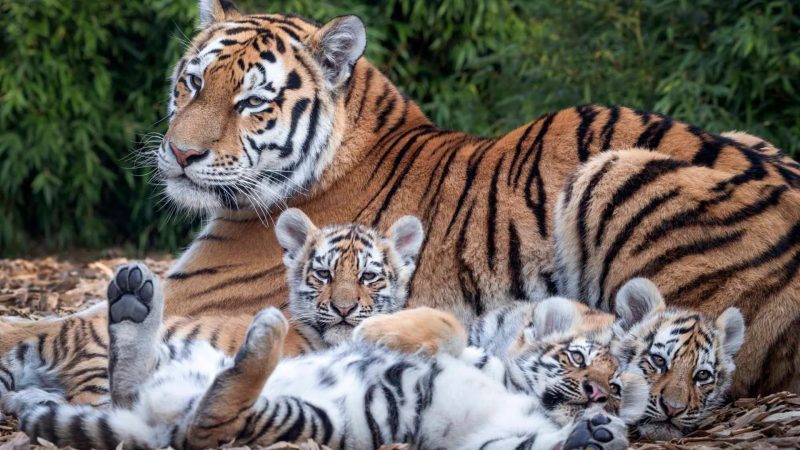The Majestic Irrawaddy Dolphin: A Glimpse into the Enigmatic Water World

The Irrawaddy dolphin (Orcaella brevirostris) stands out as one of the most captivating and mysterious cetaceans inhabiting the waters of Southeast Asia. Found in rivers, estuaries, and coastal areas from the Bay of Bengal to Australia, these unique dolphins have earned their reputation for both their distinctive appearance and intriguing behaviors.

Characterized by a rounded forehead and lack of a beak, Irrawaddy dolphins possess a distinctively gentle and friendly appearance. Their smooth, greyish-blue skin adds to their charm, making them a captivating sight for those fortunate enough to encounter them in the wild. Unlike other dolphins, Irrawaddy dolphins have a more rotund body shape, resembling that of a beluga whale.

Living in freshwater environments, including rivers and estuaries, these dolphins showcase remarkable adaptability. Known for their playful antics, they often engage in breaching, spyhopping, and tail slapping, providing a delightful spectacle for observers. Their unique communication methods, involving clicks and whistles, further add to the enigma surrounding their social behaviors.

Unfortunately, the Irrawaddy dolphin faces various threats, including habitat loss, pollution, and accidental entanglement in fishing gear. Conservation efforts are crucial to safeguarding these remarkable creatures and preserving the delicate ecosystems they inhabit.


Understanding and appreciating the Irrawaddy dolphin’s role in the aquatic realm is vital for fostering a commitment to their conservation. By promoting awareness and supporting conservation initiatives, we can ensure the continued existence of these majestic marine beings, allowing future generations to marvel at the wonders of the Irrawaddy dolphin in their natural habitat.



